Up Next

Joint Formula 1 win record holders Lewis Hamilton and Michael Schumacher are “more similar than you might believe” as drivers, says Mercedes’ engineering chief Andrew Shovlin.
Hamilton equalled Schumacher’s tally of 91 victories at the Eifel Grand Prix last weekend and is on course to join the German in being a seven-time world champion at the end of the season.
Schumacher drove for Mercedes from 2010 to 2012 before Hamilton took his place for 2013.
Shovlin, who has been an ever-present at Mercedes since the manufacturer took over Brawn and revived its works team, said that Schumacher and Hamilton “couldn’t be more different” outside of the car.
However, Shovlin believes that they are very similar as drivers as both share a capacity to pursue marginal gains and to be able to adapt their approach depending on what is required.
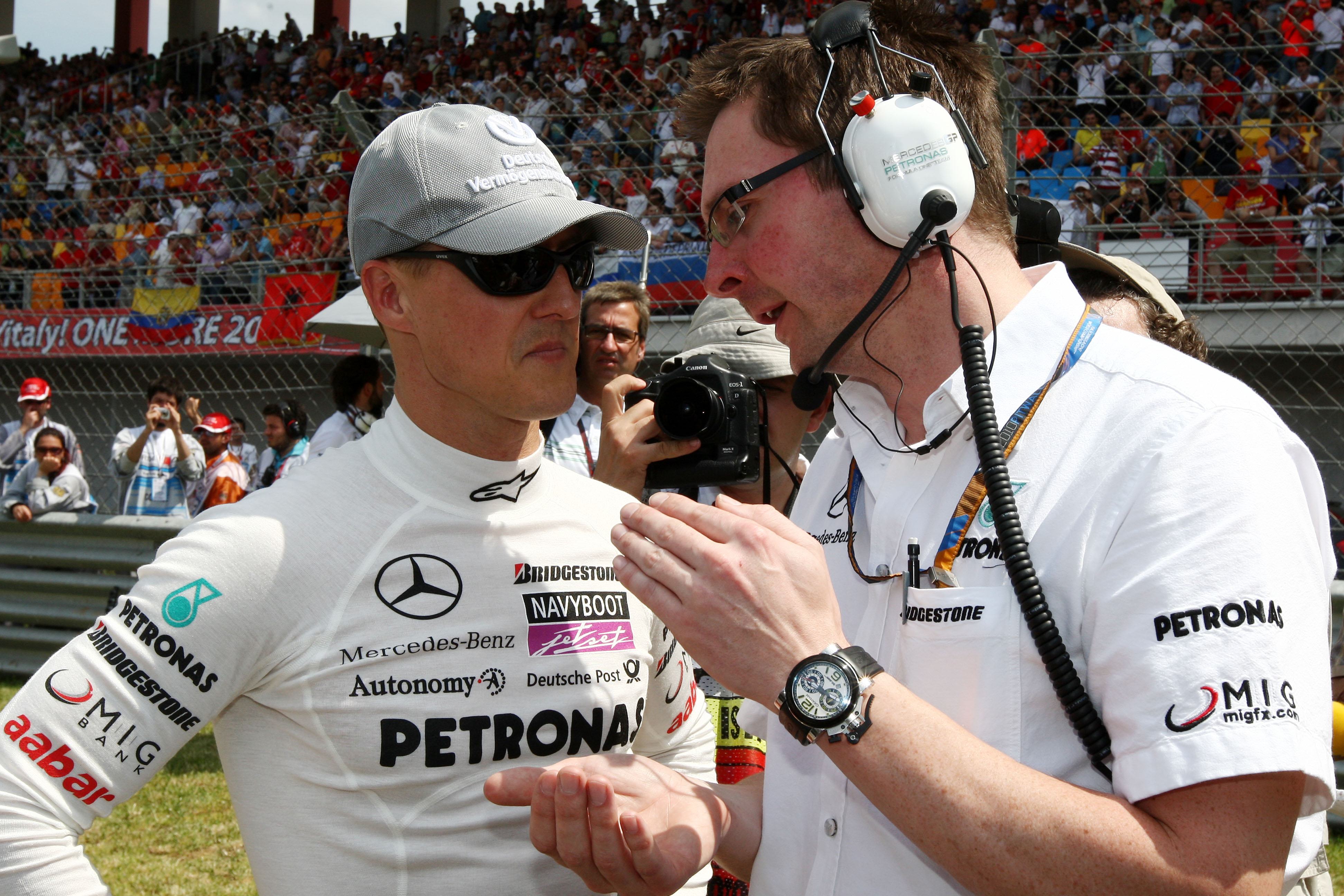
“When Michael arrived at our team the things that stood out with him were the way he would always go after the marginal gains,” said Shovlin.
“It doesn’t matter if it’s a hundredth of a second, he’ll try and do it.
“Michael also had an ability to drive whatever balance was quickest, if it was an understeering car that he needed he’d do it. If he needed to move the work onto the front tyres, he could.
“So, he was very, very adaptable, in his driving style. And those are ostbensibly two characteristics that Lewis very much has.
“A lot of good drivers don’t have a particular style, it’s just whatever’s quick they’ll adapt to do it.”
Shovlin said that Schumacher and Hamilton also had immense mental capacity.
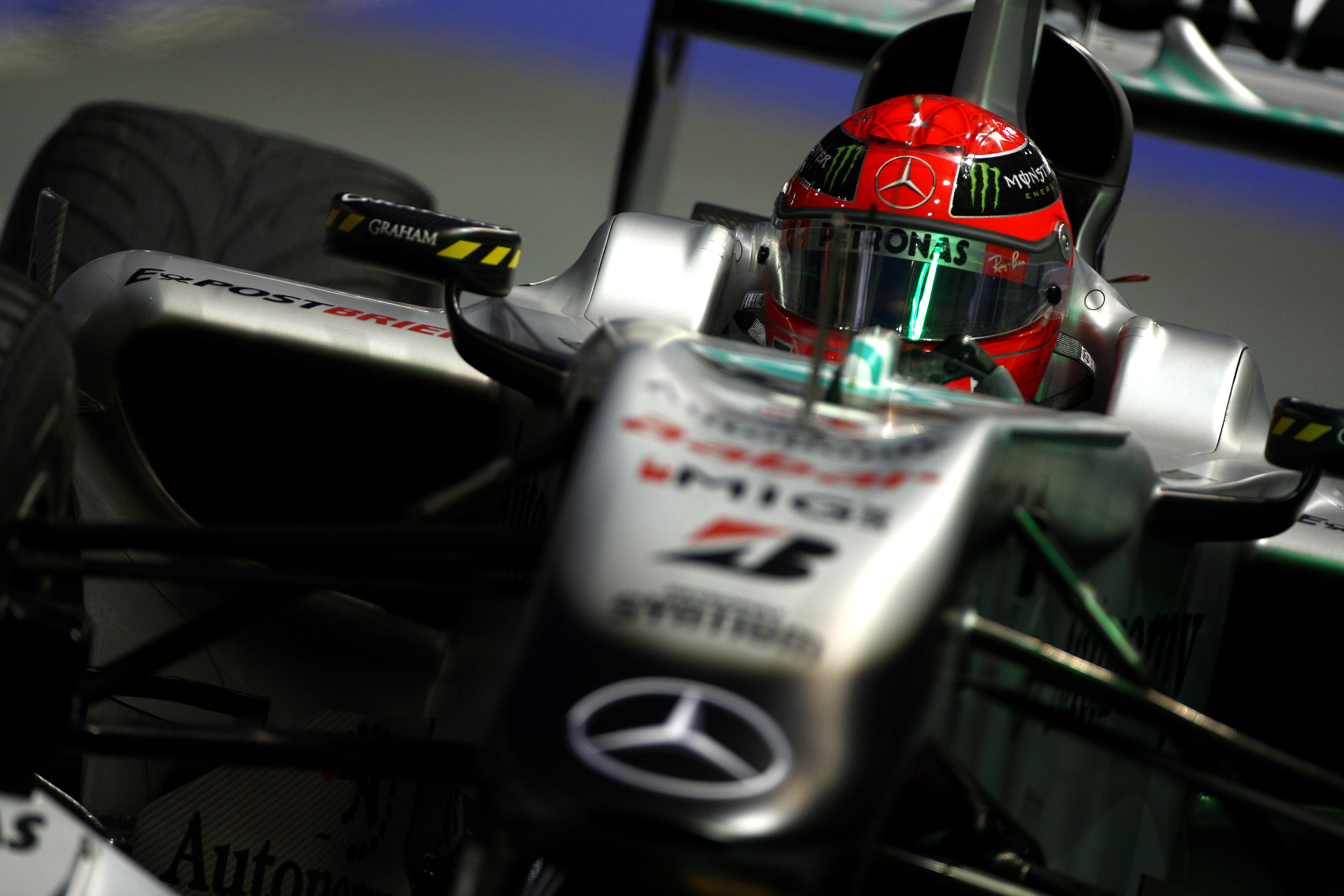
“Michael, it doesn’t matter how many things you told him to do on a lap,” said Shovlin.
“Whether it was moving the brake bias, where to look after tyres, what he needed to do to get them in the right window, he’d be able to sort of put them all together.
“And again, Lewis does it quite quietly often, but you can just keep layering one thing on top of another and he doesn’t forget it. He just does it. And then if you give him more things to do, he adds those on top.
“I think just in terms of the way they are in the car, they’re actually more similar than you might believe. It’s just that out of the car they are two quite different people.”
Hamilton’s switch from McLaren came after Mercedes’ difficult initial transition from the organisation it inherited from Brawn/Honda/BAR.
He joined in anticipation of its potential for the new V6 turbo-hybrid era that began in 2014, and Mercedes’ early preparation for the new rules laid the foundation for its unbroken run of success since then.
However, Mercedes’ leading personnel have also credited Hamilton for his role in the team not becoming complacent in their period, with team boss Toto Wolff claiming that Hamilton is “nothing” like that driver that joined in 2013.
Shovlin said the world champion’s evolution outside of the car and inside it has been key.
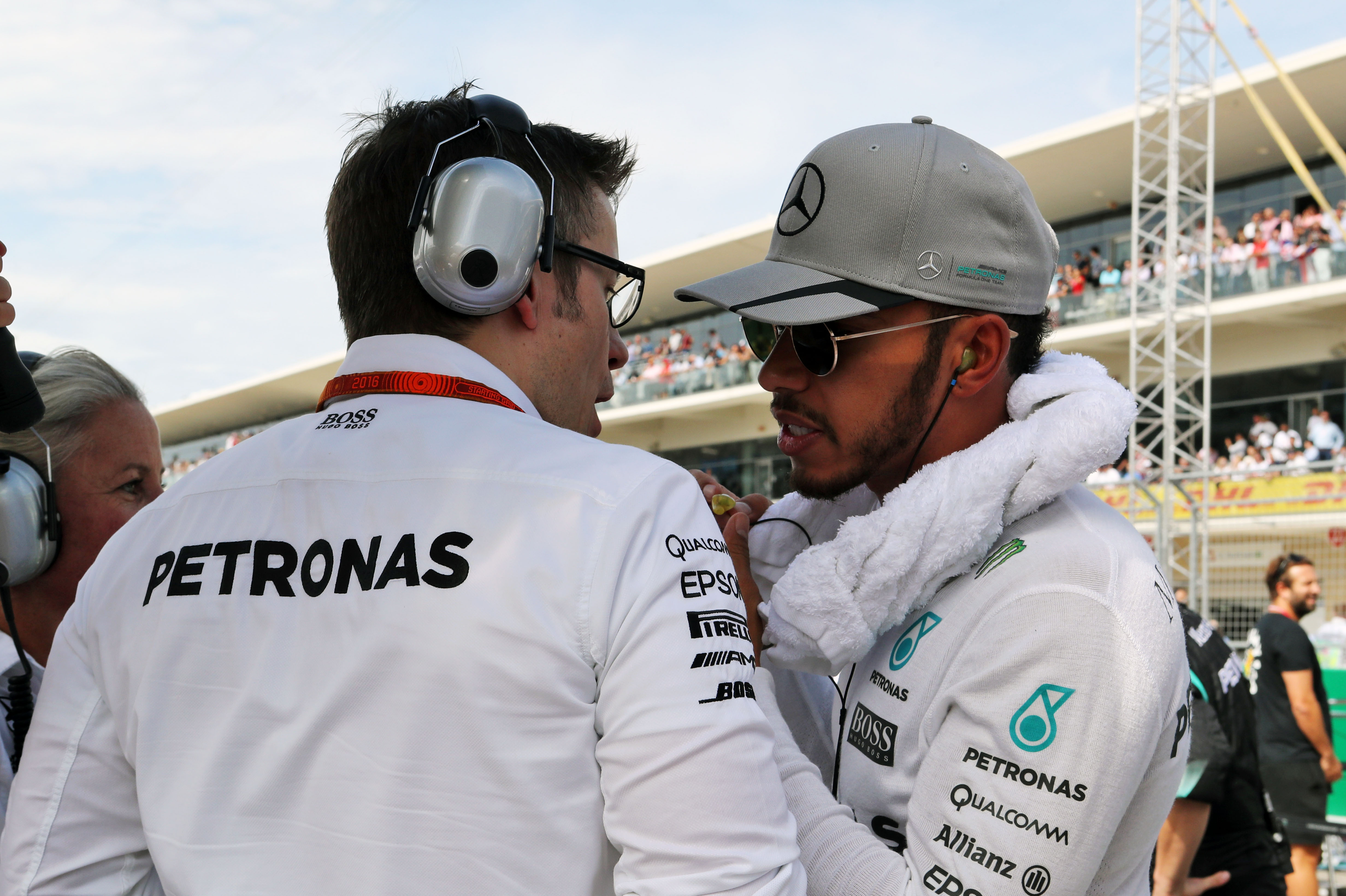
“If you wound back to when he joined in 2013, he is a very, very different character and a very different character in and out of the car,” said Shovlin.
“Obviously, our team’s evolved a lot, we’ve got better, but a lot of it is that we learned how we’ve changed working with Lewis to get the best out of him and also, he’s kind of worked out how to get the best out of the team.
“When he started with us, he was instantly quick, he was brilliant and winning races, he had that ability to dig deep and deliver whatever he had to on a Sunday to keep the hopes alive of a win.
“Now, he’s so much more tactical in how he sort of views the year and how he works.
“He’s not just looking for the improvements he can find in how he’s driving the car, it’s just the whole way he’s leading his life and how he’s approaching the business of being a professional racing driver.
“Year on year, he comes back, and it’s this sort of slightly improved version of the guy that you last saw in Abu Dhabi.
“The level that he’s at now is seriously impressive. It’s just consistency and the relentless way that he just goes about hoovering up the points and controlling the championships.”
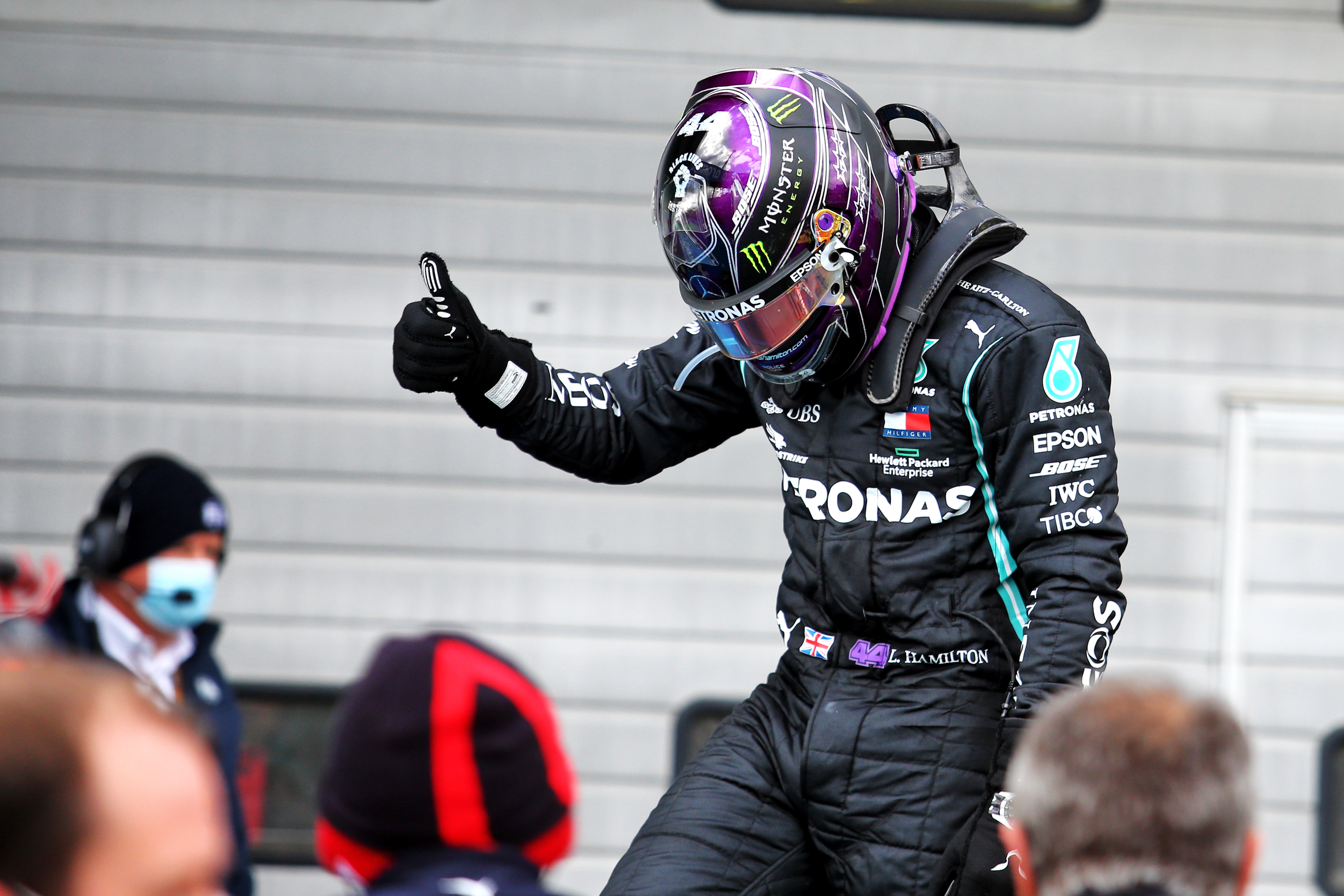
Ruthlessness across a championship season is another trait Hamilton shares with Schumacher, who is credited for raising the bar for what was expected of an F1 driver in terms of fitness and preparation as well as his role the creation of the Ferrari ‘superteam’ recruited from Benetton in the 1990s.
Schumacher’s relentlessness and work ethic were vital in returning Ferrari to the top in F1 and keeping it there for what was an unprecedented five seasons.
While Mercedes had the bulk of its work to kickstart its own era completed before Hamilton joined, he has described his Mercedes role as being the team’s “rudder” since then and finding new ways to improve.
Shovlin said that Hamilton’s work ethic is an underrated quality and that he has not stopped developing as a driver.
“I think a lot of perhaps his rivals like to think of him as just this person who is fast in the car, but doesn’t put the hours in,” said Shovlin. “He’s one of the hardest-working drivers we’ve ever known.
“The more he can understand about the tyres, about how the car works, about how to use all the available tools, he’s just able to take that and build it into his driving.
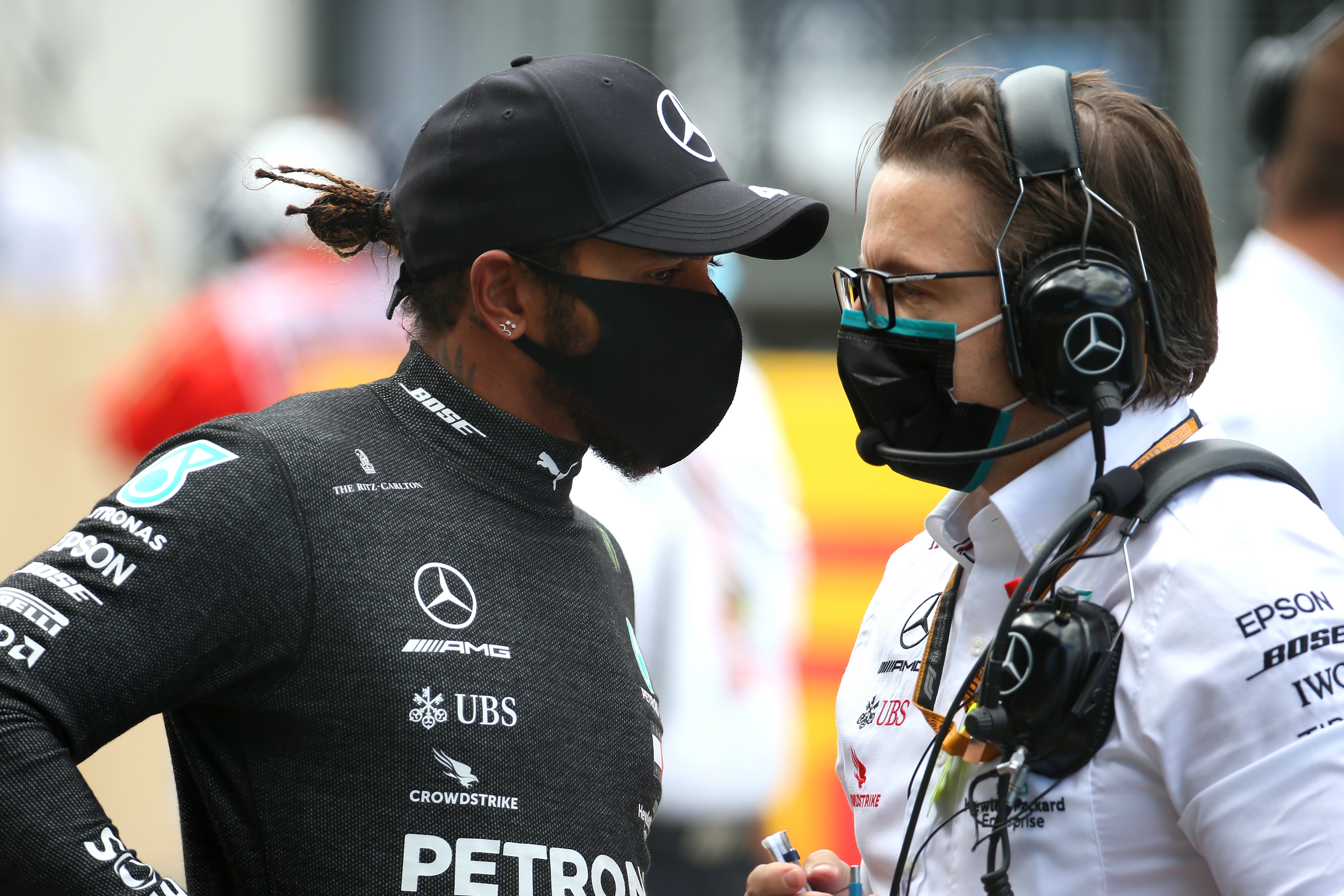
“And it’s this relentless way that he looks at every missed opportunity as something that needs fixing before the next race, he goes off and works with Bono [race engineer Peter Bonnington] and Marcus [Dudley, performance engineer], his engineering crew and with the wider team trying to understand any issues.
“It’s just the way he’s constantly building his skill set. And so long into a career, you kind of think drivers will sort of top out this skill set.
“But Lewis keeps finding new and different things to do and how to get the most out of it.”





